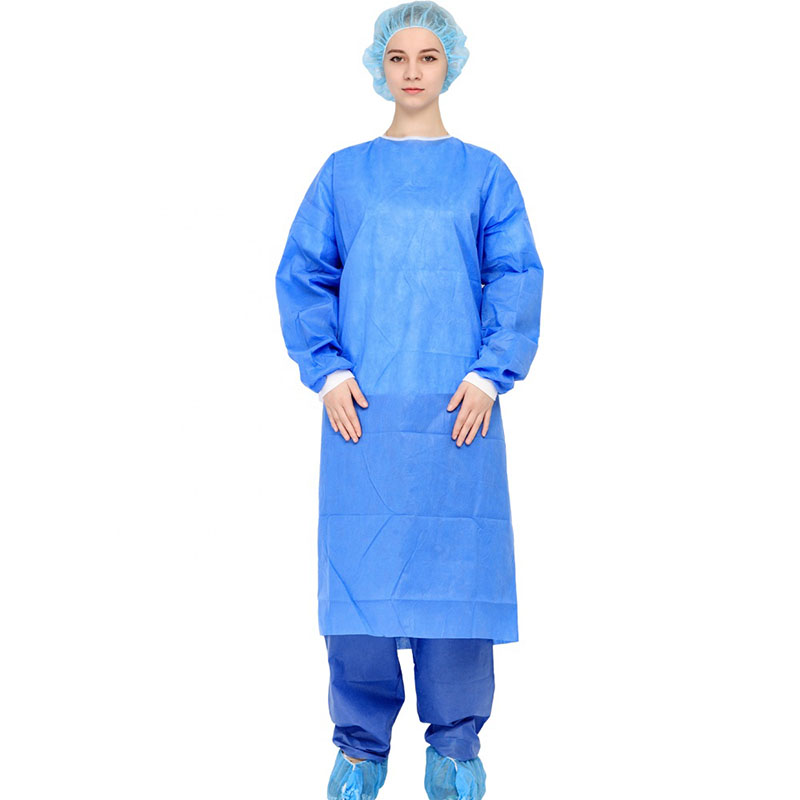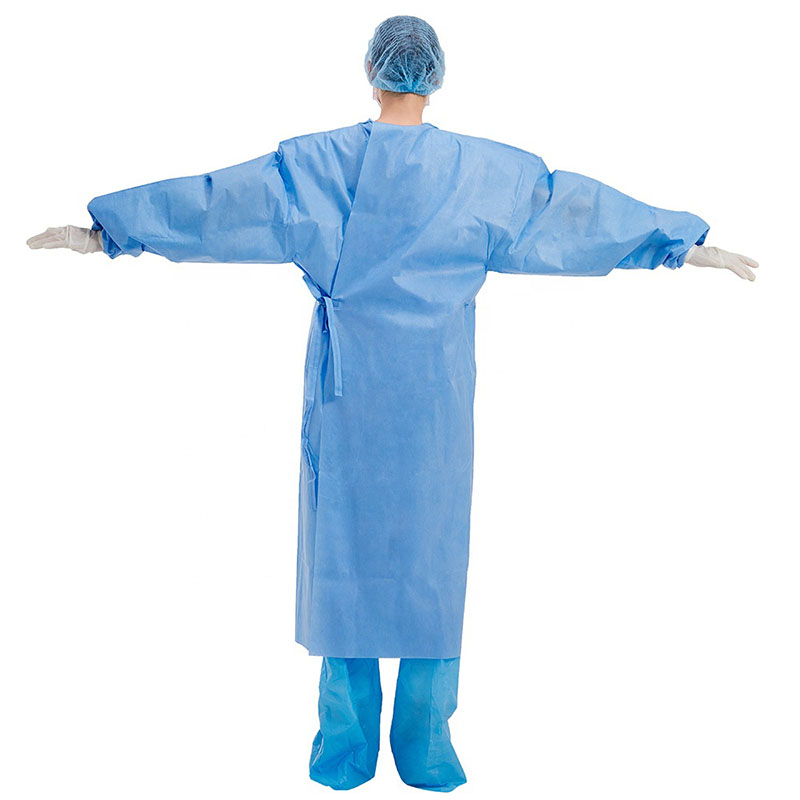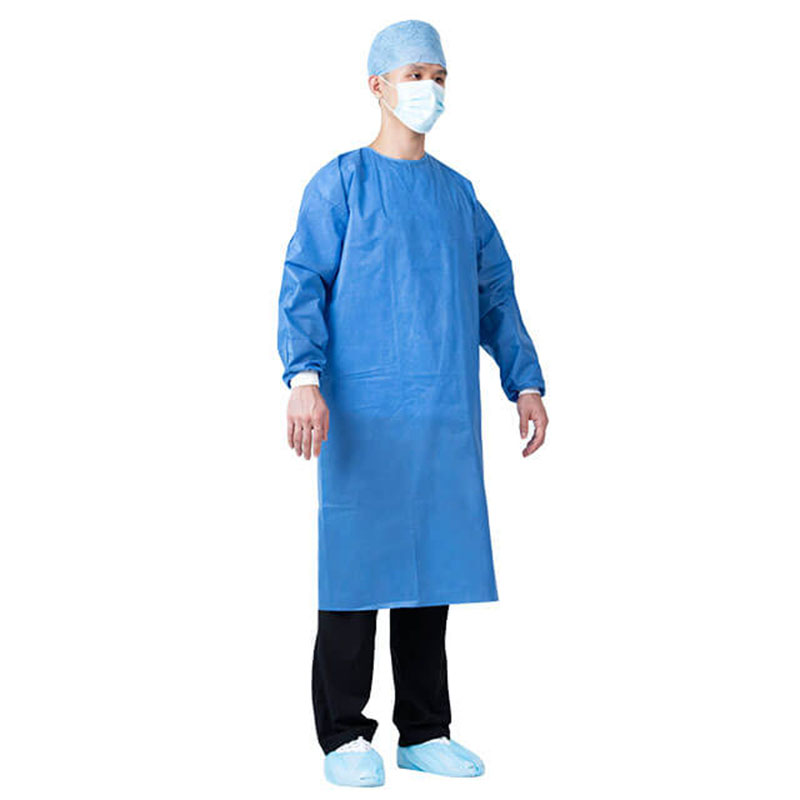Cow fever high "six more" nursing method
Cows have a high fever, which is a serious illness in cows. Especially when the high fever is too long, it can cause complications. Therefore, the “six more†nursing methods for fever-prone cows are now described as follows:
First, more rest. The barn should maintain a clean and quiet and good environment, so that the sick cattle more rest, reduce the muscle activity of sick animals, in order to reduce the consumption of physical power and thermal energy.
Second, more water. After a sick cow has a fever, the carcass consumes more nutrients, dry mouth, and reduced appetite, resulting in anorexia. Therefore, the supply of water should be met, otherwise it will exacerbate the condition. To drink more water, it is better to add proper amount of sugar and salt to supplement body fluids and promote the release of intestinal toxins.
Third, more ventilation. Cows are afraid of heat. When the summer temperatures are high, the front and rear windows and doors can be opened for ventilation to accelerate air convection and facilitate the distribution of heat in the carcasses. It is too hot at noon and before 3 o'clock in the afternoon to be powered by air to increase the airflow and ventilation, which will help reduce the body temperature of cattle. Excessively high or low temperatures are all detrimental to diseased cows.
Fourth, more cold. When the sick carcass temperature is too high, in addition to medication, the head can be cold water, cold water, with the effect of brushing cattle better. Cold water should be changed about 5 minutes to keep it cool, protect the normal function of brain cells and hypothalamic thermoregulatory centers, and prevent losing the ability to regulate body temperature. However, cows with cold stomach or chills hanged.
Fifth, more feed. After high-disease, high-disease cows should be fed with good feeds that are palatable, easily digested, nutritious, and salty. They should be fed with more green feed to meet the nutritional needs of diseased animals and enhance disease resistance. If necessary, treat the gastrointestinal tract with drugs to increase appetite. As soon as there is an increase in the amount of food, it shows that the condition has improved greatly, indicating that the situation is good.
Six, more care. For high-calorie diseased cows, it is necessary to strengthen nursing care. Special care should be provided, especially for severely affected cattle. Body temperature should be measured twice a day in the morning and in the afternoon in order to master the changes in body temperature and record the medical records. The diseased animals after fever are often accompanied by a lot of sweating, and should be wiped dry with a clean towel. Observe to prevent collapse and body temperature drop. In particular, when the strong winds cool the weather or the rainy season in summer and autumn and the night when the temperature drops, you should do a good job of keeping warm. Don't aggravate your illness because of a cold and a cold. This can prevent a disease from adding to your illness.
It can be used for surgical operations, patient treatment; epidemic prevention and inspection in public places; disinfection in virus-contaminated areas; and can also be widely used in military, medical, chemical, environmental protection, transportation, epidemic prevention and other field
By setting a protective collar, the neck of the operator can be kept warm and protected. The provision of a hand guard is helpful for the surgical staff to temporarily place their hands in the hand guard while waiting during the operation, which plays a protective role and is more in line with the principles of aseptic operation and occupational protection.
By setting the shrinking cuffs, it is beneficial to make the cuffs fit the wrists, prevent the cuffs from loosening, and prevent the gloves from slipping off during the operation and the operator's hands are exposed to the gloves.
The design of the new humanized protective surgical gown has been improved in the key areas of the gown. The forearm and chest area are double-thickened, and there are handguards in front of the chest and abdomen. By arranging reinforcing sheets (double-layer structure) in key areas, it is beneficial to improve the water-permeability of surgical gowns and improve safety.



surgical gown, disposable surgical gown, personal protection, medical equipment
Shanghai Rocatti Biotechnology Co.,Ltd , https://www.ljdmedical.com